I have learned about wearing Kimono, I have learned about the knowledge about kimono as well. It is so much fun to learn for me, and today is about “Edo Komon (a fine pattern)”.
In the Edo period, the patterning of Kamishimo(ceremonial dress worn by feudal lord) is the origin. Feudal lords gradually began to compete with the luxury of that pattern, so that the Edo government regulated to make clothes simple. And Feudal lords began to minutely pattern to look solid from the distance. As a result, the Edo Komon became a dyed product making full use of highly advanced dyeing technology.
The patterns that can be used at each lord have fixed as below.
The three highest ranks
– The House of Tokugawa in Kishu: Shark
– Date clan in Sendai: Gyogi
– Matsumono clan in Shinshu: Kakudoshi
– Shimazu clan in Satsuma: Daisho Arare
– Maeda clan in Kaga: Mansuji/Kikubishi
– The House of Tokugawa: Omeshiju
– Nabeshima clan in Saga: Goma pattern
Meanwhile, the townspeople also began to imitate this Komon, and this seems to have enjoyed the fancy by making detailed items such as daily necessities in close proximity.
Even if regulation was done from the government, people in Edo who did not obediently say that they understood it. They enjoyed the fancy by working wisdom from there. That spirit is cool, also make something beautiful in appearance, and further bring advanced technology of manufacturing. I knew that a wonderful cycle was born and I was very moved by this story. I am also interested in the rich culture of times without war by high level consciousness of Edo man’s fashion. I would like to learn about the Edo culture more.
Same
A pattern in which points are arranged so that semicircles overlap. Because it resembles shark shell, it got its name. Because the shark skin is hard, the meaning of amulet is put in for the misadventure and the amulet. The most stately, representative of Edo komon pattern. It was used in the house of Edo in Kishu.
Gyogi
It is said that there is a meaning of doing boldly and orderly. It is used for a pattern where points are regularly arranged at an angle of 45 degrees, and
to derive from the angle of a polite bow.
Toshi
The meaning of passing through a line is put in. It is used for a pattern whose points are arranged regularly and vertically and horizontally. Those in which small squares are arranged are called angular passing.
*The images and the texts are from “Kimonoya Kururi”
*The main picture is The House of Tokugawa in Kishu: Shark



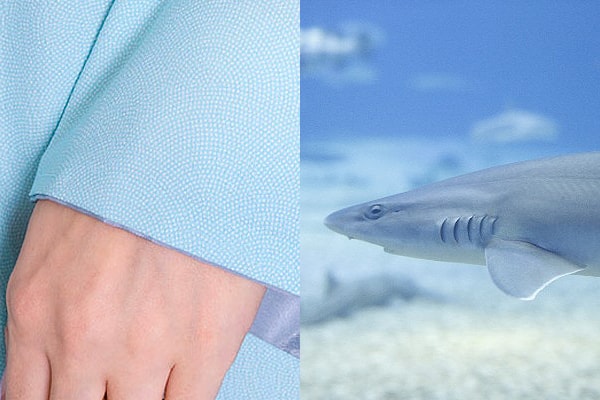
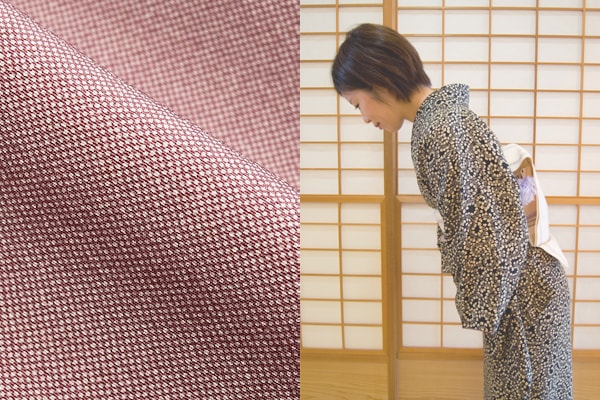
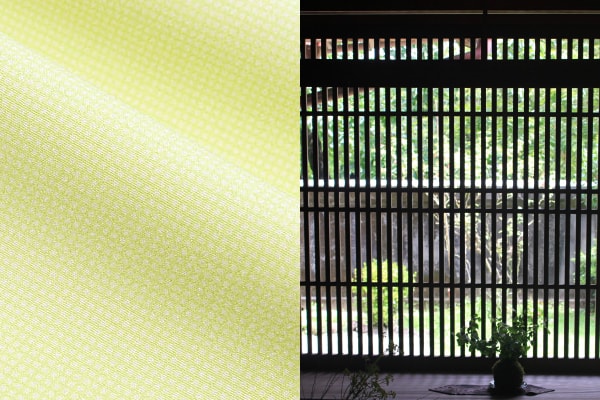
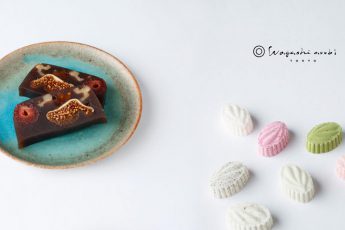
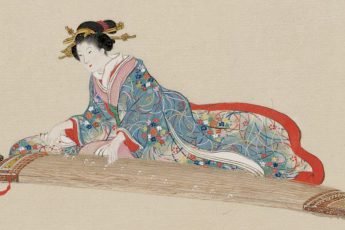
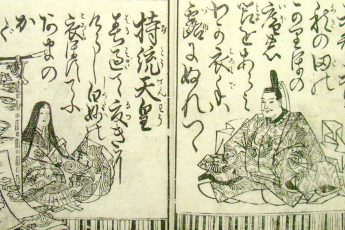
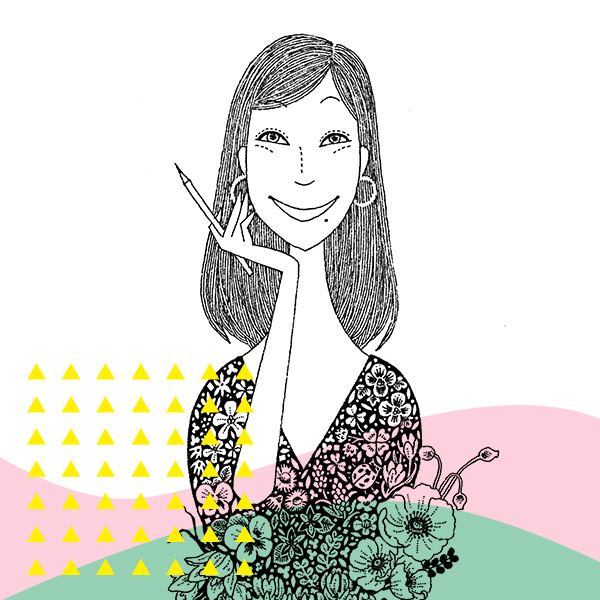

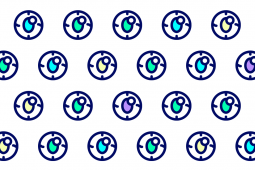

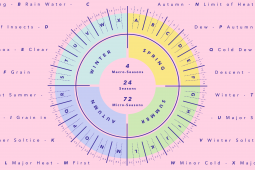
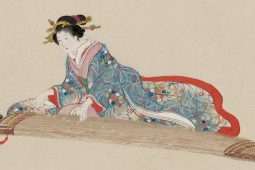

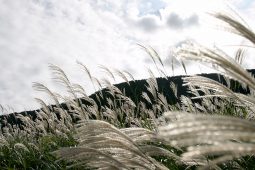
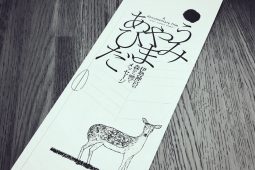

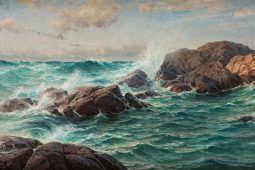
Leave a Comment